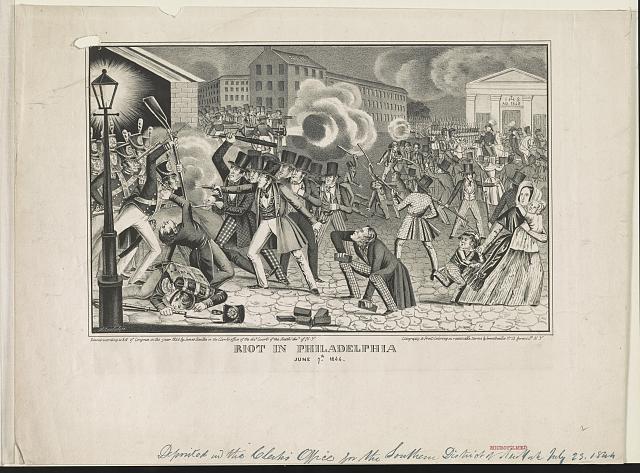A colleague recently asked what, if any, information is available about history at the K–12 level. The sad answer is—not much. But there a few resources that provide helpful clues.
The Department of Education is the primary source of information, particularly through their occasional analyses of the transcripts of graduating high school seniors. The most recent analysis* (PDF) shows history solidly lodged in the curriculum. U.S. history courses are fairly ubiquitous (taken by 94 percent of the high school graduates in 2005), while world history grew significantly over the past 20 years (from 60.1 percent of the graduates in 1990 to 76.5 percent among those exiting in 2005). In comparison, 79.2 percent of the 2005 graduates had taken courses in government or civics, and less than half of the students had taken courses in economics, geography, psychology, and sociology.
Other reports from the Department of Education tend to lump history with the other social sciences. But in general, students graduating from high school are earning more credits and the social studies and history are growing in line with that trend. Using a different measure, over the 23 years of transcripts, students earned slightly less than 15 percent of their credits in the social studies.
Of course these days, the only way subjects really count in the curriculum tends to depend on whether they are part of state-level standards and ultimately tested. A separate Department of Education web site on education reforms shows that the social studies and history are only valued as test-worthy in 11 states. In comparison, all of the states test for English, and all but Nebraska test for math and science. The National History Education Clearinghouse offers a more detailed report on curricular standards and testing at the state level.
And speaking of testing, the next substantial benchmark of history education will appear next year, when the Department of Education releases the results of the National Assessment of Education Progress in U.S. history. (The last release of results was in 2002.)
The other issue that often elicits attention is the number and qualifications of history teachers in the classroom. The most recent information available on that question is almost six years old now. In the 2003–04 school year almost 60,000 teachers’ primary subject was history. Of that number, two-thirds majored in the field, but barely a third were certified to teach in the field. The Humanities Resource Center helps to put those numbers in context.
Does that cover the primary sources of information we know about? Are we forgetting (or overlooking) anything?
*Correction: The most recent NAEP assessment report was actually released in 2007. You can find it here.
This post first appeared on AHA Today.



